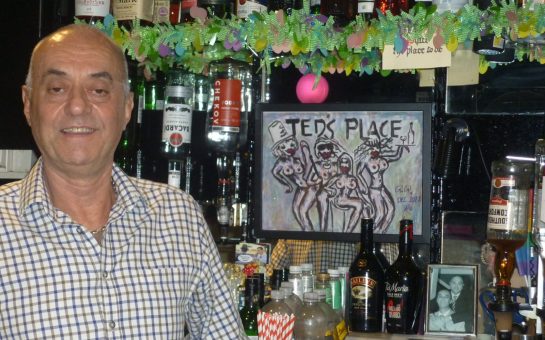If you walk down Brick Lane in Shoreditch, you’ll find remnants of an economically tumultuous past combined with trademarks of the ‘hipster renaissance’.
You’ll find Oxfams underneath rooftop cinemas, social housing next to £1m penthouses, and homeless people begging at the feet of those wearing limited edition Balenciagas.
Many believe the area serves as a microcosm of a broader issue that’s enveloped London since the 1960s – gentrification.
According to the National Geographic Society, gentrification is defined as: “The process where wealthy, college-educated individuals begin to move into poor or working class communities, often originally occupied by communities of colour”.
In the context of London, this phenomenon has been observed in places like Fulham, Lewisham, and Camden where, according to sociologists, communities once rich with immigrants and ethnic minorities have been replaced by the predominantly white ‘bohemian bourgeois’.
Dr Vanessa Alberton, 33 of Tyrwhitt Road, New Cross, is a PhD student studying sociology. She says certain social groups benefit from gentrification more than others:
“The bohemian bourgeois can be defined as upper middle class professionals who, despite their social status and high income, often adopt left wing ideologies.
“This makes up-and-coming boroughs attractive to them, as places like Brick Lane offer enough safety and luxury to accommodate their lifestyle, whilst possessing a working class ruggedness that appeals to their political values.
“As a result, the economic value of that area increases and indigenous people are displaced”.
Many developers and residents believe gentrification is essential, as the refurbishment of low income areas creates opportunities for entire communities and engenders safer, more prosperous living conditions.
In an article written for the Peckham Festival page by journalist and resident, Rosario Blue, she claims Peckham was once a place that felt “doomed” and in need of fixing.
This came particularly after the death of Damilola Taylor, a 10 year old boy murdered in North Peckham in 2000.
However, following the establishment of modern housing, trendy coffee shops, and exciting projects like the Peckham Coal Line, the borough became the “place to be”, full of “nicer houses” and “expensive shops”.
Peckham’s not the only borough to have undergone transformation.
Data obtained by KFH Fulham shows that, post-gentrification, property prices in the area rose by 16.4%, deprivation declined, safety increased, and the population of affluent professionals grew, making Fulham one of the most “desirable” boroughs to live in.
Despite this, gentrification remains a contentious topic. Juggu Singh, 25, is just one of the many people who claim to have been displaced as a result of gentrification.

Having grown up on Sterne Street, Shepherd’s Bush, he says the area has changed drastically:
“When I was growing up, we had a lot of violence in the area, but we still had community. Things were tough, but we all went through hardship together and made it out the other side”.
Mr Singh is now struggling to pay rent:“Since more high rise flats have popped up, people who’ve lived here since birth have been pushed out. These big developers don’t care about us, they just care about profit and now I’m struggling to make ends meet”.
Echoing Mr Singh’s sentiments, Rosario Blue adds to her article on the Peckham Festival page that the middle class are the “great destroyers of culture”, and that Peckham’s “newfound popularity would be its death”.
Whilst gentrification might not seem all bad, it appears that for enhancement to take place, displacement is inevitable.
Expensive farmers markets and artisan coffee shops may bolster the appeal of an area but when vibrant local cultures are disseminated as a result, we must ask ourselves, is it worth it?
Feature image by Scott Partee




